I’ve learned a bit about crop rotation but clearly didn’t know what to plant after strawberries.
The year I started crop rotating, I planted strawberries after I harvested all of my tomatoes.
But what to plant after strawberries?
I didn’t know either but then did extensive research that I wanted to share with you here
Read on to find out what you can plant after planting strawberries.
Table of Contents
What to Plant After Strawberries?
After you have harvested all the strawberry fruits, you can either plant cover crops like bell beans, oats, barley, or common vetch that replenishes the soil with nutrients as it helps keep weeds at bay, or you can plant broccoli, cauliflower, cabbage, bok choy, and Brussel sprouts.

What to Plant After Strawberries
What to Plant After You’ve Harvested Your Strawberries
I’ve found that it is best to rotate strawberries with cover crops, or green manures.
These plants don’t produce a marketable crop; however, they do improve the soil quality since nitrogen is added back into the soil.
Other advantages of planting cover crops are that water runoff is reduced and the growth of weeds is suppressed.
Examples of these green manures I rotate with my strawberry plants are:
- Oats
- Bell beans
- Barley
- Common vetch
Sometimes I even mix all of these cover crops and rotate them with the strawberries.
This results in a more diverse soil quality that will give the strawberries a boost instead of draining more nutrients away.
Other plants I also use in my rotation with the strawberry plants are broccoli, cauliflower, bok choy, Brussel sprouts, and cabbage.
These plants have antifungal properties that protect against mold that may take root and prey on strawberries.
Strawberry Crop Rotation Suggestions
Here are the rotations that I do with my strawberry plants, but these are merely suggestions for you.
Rotation Option 1
I start with harvesting my strawberry fruits and then removing the plants from the soil at the end of summer or the start of fall.
I then plant either cauliflower or broccoli, which are winter crops.
This also means I don’t need to wait a full year before I can plant and harvest again.
When spring or summer arrives, I plant my new strawberries.
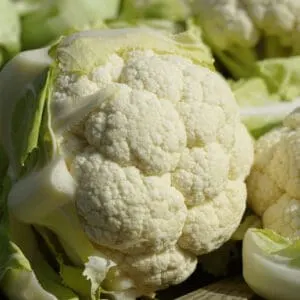
Cauliflower is a good choice to plant after strawberries
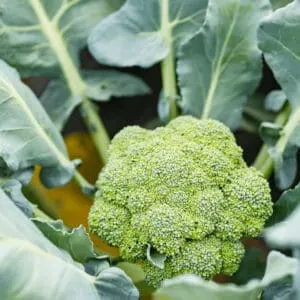
Alternatively broccoli can be planted right after harvesting strawberries
Rotation Option 2
The other rotation I like is to remove the old strawberry plants in late summer and then I plant my cover crop mix such as bell beans, oats, barley.
When summer arrives, I plant strawberries again.
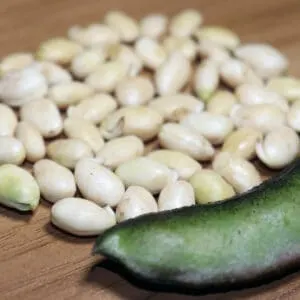
Bell beans are a good choice after strawberries
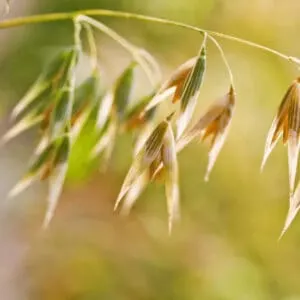
After strawberries, one can plant oats
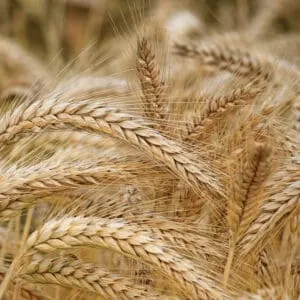
Barely is a good choice, too
What Not to Plant After Your Strawberries
If you do an X-Y-X rotation, meaning you plant strawberries (X) and then rotate them with another plant (Y) before planting strawberries (X) thereafter, then there are certain plants you should avoid.
Plants like peppers, eggplant, and tomatoes harbor soil pathogens such as Phytophthora, verticillium, and nematodes.
When you plant strawberries right after those crops have yielded, your strawberries have a high risk of being infected by one of these pathogens.
Infection means that your strawberries’ growth will be affected, and your strawberry plants may even die.
Why and When Should You Rotate Your Strawberries
I can continue to plant my strawberries year after year in the same garden bed or planter box for 3-5 years before I do need to practice regular crop rotation.
During this time, I need only fertilize appropriately, and I will harvest delicious berries.
However, after that time, I need to give the soil a boost by planting a different grower or planting my strawberries in a different garden bed or container.
Crop rotation with strawberry plants, as well as other fruits and veggies, bring a lot of benefits:
- It increases crop yield.
- It improves the soil structure.
- It reduces soil-borne diseases and pests.
Frequently Asked Questions about What to Plant After Strawberries
Do you need to rotate strawberries?
It is best to rotate your strawberries. You can grow strawberries in the same garden bed or planter box for 3-5 years. Thereafter, rotate your strawberries to rebalance the soil and reduce the risk of verticillium wilt negatively affecting your strawberries’ growth.
What can you not grow after strawberries?
Don’t grow eggplant, potatoes, tomatoes, or peppers after your strawberry plants have yielded their fruit. All these plants can be affected by the same soil-borne diseases as strawberries.
Can I plant potatoes after strawberries?
You shouldn’t plant potatoes or tomatoes after you’ve harvested your strawberries. Potatoes or tomatoes are crops that infect the soil with pathogens—verticillium wilt—that affects how your strawberries grow, and it may also kill the strawberry plants.
The Last Strawberry
Strawberries can only be kept in the same soil for a maximum of 5 years.
It is, however, best to start regularly rotating your strawberry plants with cover crops or cruciferous veggies like Brussel sprouts, cauliflower, and broccoli after 3 years.
Never plant tomatoes, peppers, potatoes, or eggplants in the same soil you’ve planted strawberries in as verticillium wilt may be present in the soil and this can kill your strawberry plants.
Happy strawberry rotating!

Daniel has been a plant enthusiast for over 20 years. He owns hundreds of houseplants and prepares for the chili growing seasons yearly with great anticipation. His favorite plants are plant species in the Araceae family, such as Monstera, Philodendron, and Anthurium. He also loves gardening and is growing hot peppers, tomatoes, and many more vegetables.


